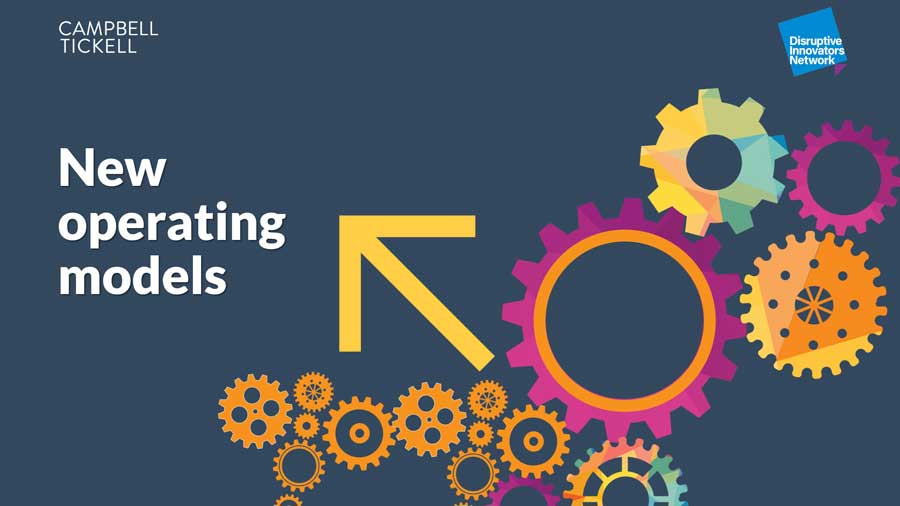Turning bad press into good governance
All social housing boards can draw valuable lessons from recent governance failings in the sector

GOVERNANCE
Image: Istock

Ceri Victory-Rowe
Director, Campbell Tickell
Social housing rarely gets the level of press coverage it has had this year – but we all wish it might have been more positive. The sector has such a powerful story to tell, of passionately good intentions, of lives and life-chances transformed, of committed and energetic people doing great work – and it hurts us all viscerally when we don’t get it right. So how can boards of social housing (and other) organisations ensure there is no chance of similar failings on their watch?
The question is, of course, too simplistic. Any activity carries the risk of failure, and any organisation (or leader) which thinks itself immune may need to think again. But there are some lessons that boards can draw from recent events, and we see many of those we work doing exactly that. We summarise some of the most valuable of these lessons here:
“Any activity carries the risk of failure, and any organisation (or leader) which thinks itself immune may need to think again.”
01
Attend to the basics – and remember who it is all for
There will never come a point for any service delivery organisation when it does not need to concern itself with the quality of its services or the experience of its customers. This should be hardwired into the thinking and work of any housing association board.
02
Don’t take anything for granted
Despite a common misconception, it is not incompatible for a board on the one hand to trust the executive to deliver while on the other maintaining robust oversight of performance. On the contrary, when the right balance is achieved, this is good governance. Good boards attend regularly to the breadth, depth and accessibility of the performance reporting and assurance they receive, and the extent to which it provides meaningful insight.
03
Triangulate
One source of assurance is good but three are better – or something to that effect. Boards which triangulate to good effect – for example, comparing insight into tenant views with reported KPI performance data and complaints reporting – develop richer insight and understanding and are likely to spot problems sooner.
04
Breathe life into risk management
There are many examples of good risk management in the sector, and the best support good board conversations about risk. Perhaps too often, though, oversight of risk is something of a tick-box item on board agendas (or is considered the role of the audit committee). Boards which have deeper, richer conversations about risk and assurance are likely to be much better equipped to predict and manage exposure to sector-wide risks such as disrepair.
05
Keep your finger on the cultural pulse of the organisation
We all know that cultural weaknesses invariably trump even the most shiny of systems, processes and structures. At the root of most organisational failures is almost always some element of cultural failure. Sometimes boards feel so remote from the culture of the organisation that they do not know how to take its pulse, and this should ring alarm bells.
06
Talk to each other
Most boards have few opportunities for a free-flowing exchange of views – with or without the executive team. A strong chair may be able to piece together a picture of potential concerns from a succession of conversations with individual board members, but often these conversations only happen through the annual appraisal process.
The ‘niggles’ of one board member (for example, over a prolonged failure to address long void turnaround times) gain critical mass if they are shared by others, but you need a mechanism to surface this and articulate the problem. This can be as simple as 10 minutes together at the end of every board meeting – or an hour every three to six months – without an agenda.


